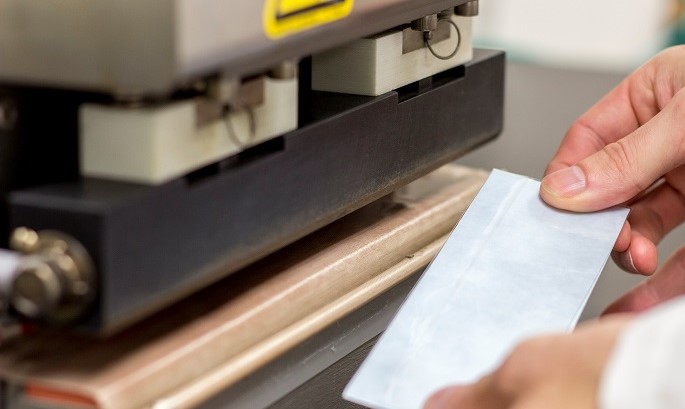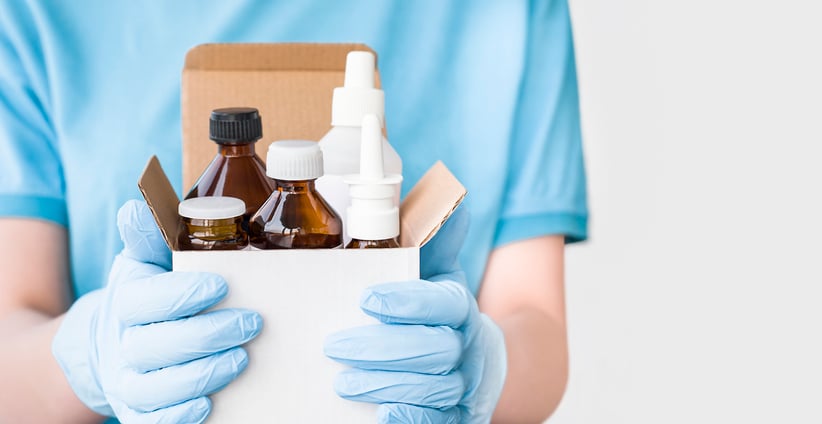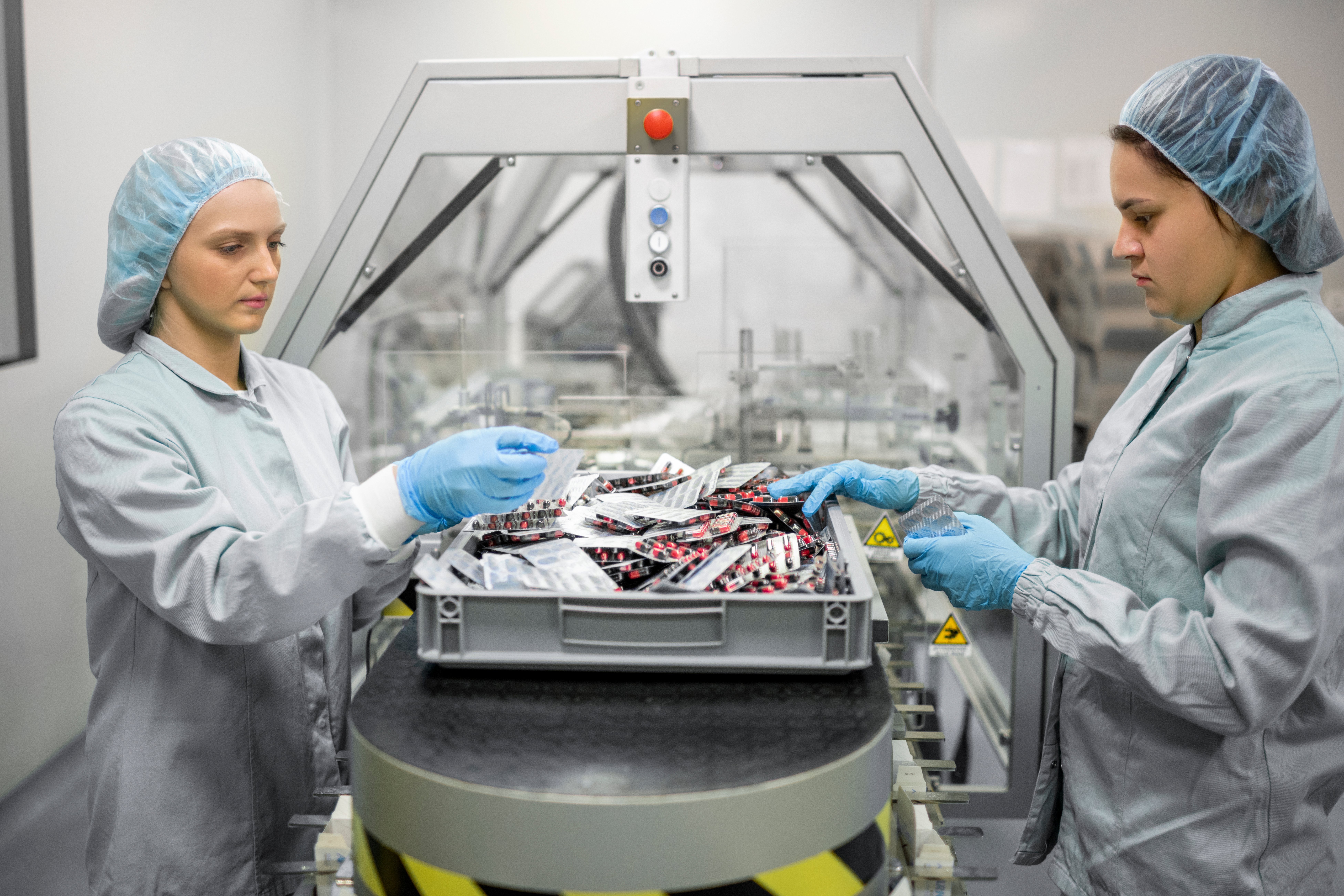One day, I was talking with a colleague about the challenges in sealing. She works in application development, so she hears a lot about the different challenges medical device manufacturers are facing with packaging and sealing – from no-brainers to rocket-scientist-level conundrums. In many cases though, it turns out that an earlier focus on sealing process development, and package design in general, would have certainly helped.
However, thoroughly evaluating which attributes and variables contribute to seal quality (and to what extent) is a challenging task. Putting together a seal strength curve helps visualise the optimal sealing window in a rather simple way. In a typical case, seal quality is evaluated and strength values are measured and assessed for multiple seals that have been produced with constant pressure and dwell time but with varying temperature.
With the help of statistical tools, such as design of experiments (DOE), one can deep-dive into complex dependencies of multiple variables in an effective way. Think of a situation where the effects of sealing temperature and dwell time need to be understood in terms of visual quality of the seal, seal strength and peel open characteristics. DOE provides a systematic way to design the testing of seals with a minimal amount of work, translating into a maximum amount of information available to make educated decisions – ultimately making your sealing process robust and consistent, producing high quality seals.
Then, what can go wrong in the sealing process? This is actually a very good question. Risk assessment tools come in handy in identifying and addressing potential failure modes, their probabilities and severities. Failure mode and effects analysis (FMEA) and cause and effects analysis are examples of such tools. One can simply use an Excel file to break down the sealing process into elements where possible failure modes (regarding, for example, sealing temperature; pressure; and dwell time), maintenance, and handling can be analysed. Comprehensive risk analysis will help identify and understand potential risks looming in the process and provide an opportunity to overcome them by effective monitoring and implementing controlling measures.
In case of Tyvek®, it is good to keep in mind a couple of things regarding sealing. Because Tyvek® is made of HDPE (melting at about 135o C), the typical sealing temperature is around 110-130o C to create peel seals. Over-sealing or even transparentisation of Tyvek® should be always prevented by avoiding the use of temperature and dwell time that are too high. Strong pressure marks should be avoided as well. Then, as with all lidding materials, proper placement of the Tyvek® lid on a rigid or flexible thermoformed tray (by leaving an unsealed area all-around outside seals) is a highly recommended best practice which will result in good, clean peel-open performance.
To end with, I want to leave you with this useful table to help understand common seal failures and their root causes.





